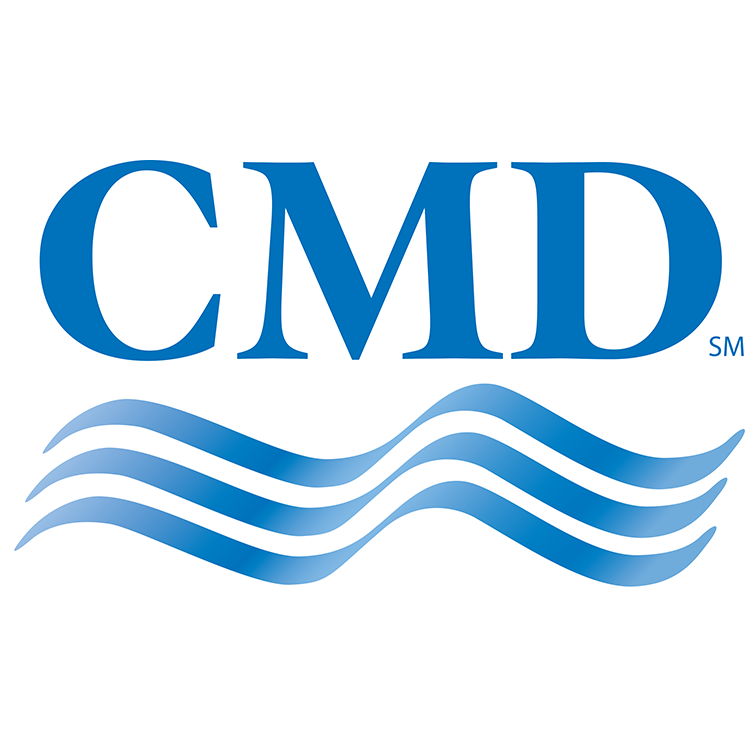Lead & Copper Testing Program

Why we test for Lead & Copper
Lead and Copper are dangerous contaminants that pose severe health risks when ingested. We test for these contaminants not only to ensure the integrity of our water system, but also to help protect our customers from danger.
The EPA’s federal Safe Drinking Water Act of 1986 and South Carolina’s Safe Drinking Water Regulation (R.61-58) both address lead contamination and set what are considered safe consumption levels. CMD strives to adhere to all Safe Drinking Water regulations, both state and federal.
While it is very rare for either of these metals to show up in drinking water when it leaves the water filtration plant, it is possible that either can seep into the water through a house’s old galvanized plumbing. Generally this happens when water is allowed to stand for long periods of time in pipes or fixtures made of lead or copper, or containing lead solder, all of which is common in homes built before 1986.
How common is it?
While it is very rare for either contaminant to show up in drinking water when it leaves the water filtration plant, it is possible that either can seep into the water through old plumbing. Generally this happens when water is allowed to stand in pipes or fixtures made of lead or copper, or those containing lead solder, all of which are common in homes built before 1986.
In more local terms, our staff has only seen one report of either of these contaminants above the federally mandated action level at a customer’s residence in the last twenty years. So, while it is rare to see, it can happen.
How does testing work?
Every three years, a portion of CMD’s customers receive notice from SCES with instructions on how to collect samples for testing. This testing is performed by an independent laboratory under contract with SCDHEC. Those results are reported directly to the homeowners and a summary is included in our annual Consumer Confidence Report (CCR).
If you wish to have your home tested for lead and copper contamination, contact the health department for a listing of independent laboratories certified to test for lead and copper.
How do I reduce my risk of exposure?
Ultimately, the best way to reduce your risk of exposure is to have old plumbing in your house replaced with newer, lead-and-copper-free plumbing, but we also know that can get very expensive very quickly.
The simplest way to reduce your risk of exposure is to flush your faucets before using water for cooking or drinking. You should also only use cold water for cooking. Metal contaminants seep out into water that has been sitting in a line for long periods of time. If your home has metal pipes and/or older metal fixtures, it’s always a good idea to flush your faucets for 30-45 seconds before first use in the morning, or after the faucet has been sitting unused for six or more hours.
